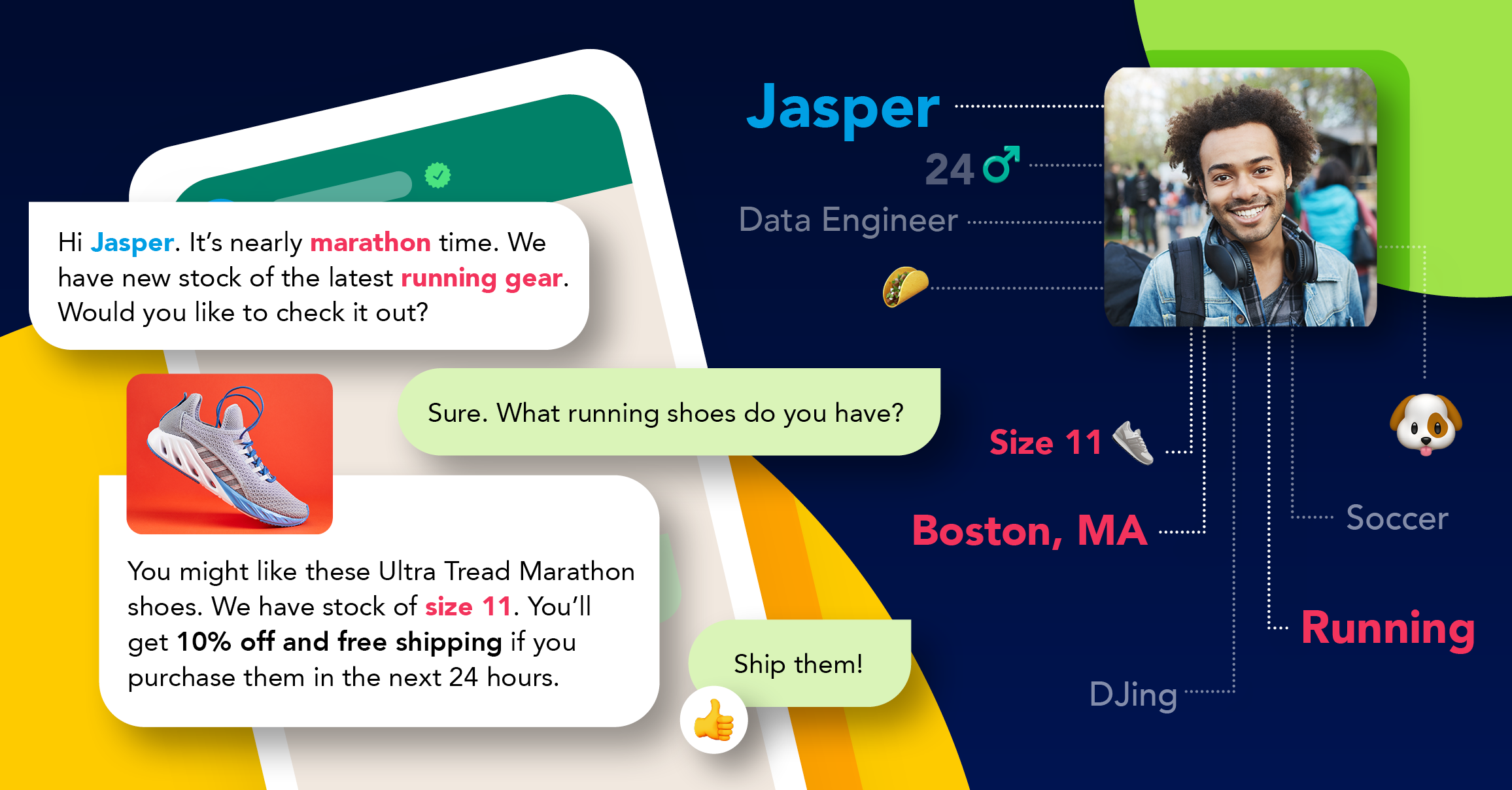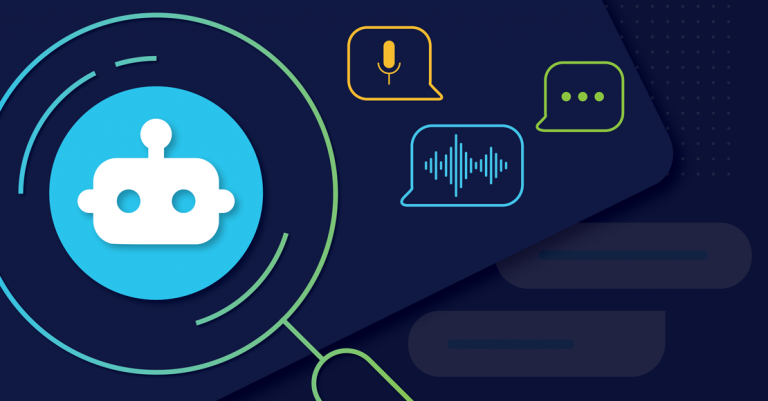
CES home automation
This year’s Consumer Electronics Show (CES) has been a fantastic portal into the future of home automation. A quiet stroll around the floor of the show has scores of IoT boxes, built-in-cameras, artificially intelligent and predictive algorithms, voice activation security monitors and sensors beeping and buzzing at you. It’s thrilling. The energy. The life. The innovation. Nothing short of a technological arms race. So let’s dive straight into it and talk about some of the most interesting home devices that CES 2017 had to offer.
Home automation. Home automation, everywhere!
One study places the smart home as the most popular means of IoT engagement and predicts that 29 million units will be sold in 2017. It’s little wonder that myriad companies are fighting tooth and nail for a piece of the smart home pie. Here are some of the most notable from this year’s CES.
Blaze Automation’s B.One
This device is described as the world’s first skateboard for your home. Blaze Automation is positioning its B.One hub as the most advanced smart home and security system.
Don’t be fooled: Every company’s taken the liberty of being the “most advanced, most powerful”. We’ve found it to be a bit more relative.
This hub, however, does have an AI that Blaze Automation has called “InstinctAct”. It uses basic machine learning to learn user behavior (like coffee preferences) and adapt accordingly (with milk and two sugars please).
IOTAS
This was unique in its positioning: The smart home experience designed specifically for renters. Curious. By noting your daily patterns, IOTAS is able to support your routine.
It promises a “whole new way to customize” your home. Although at face value, we find this to be little more than marketing jargon. A smart home hub is a smart home hub is a smart home hub? Maybe not according to IOTAS. But fair enough, being able to control the lights in your home from your smartphone is a little cool, if not altogether functional.
Smartbeings’ Woohoo is an AI-based smart home hub. Any of this sounding a bit repetitive to you? This particular hub, from the Silicon Valley start-up, integrates facial recognition and claims to be the world’s first home automation system to be cloud-enabled. So now you don’t only have to protect your home from actual intruders, but virtual ones too.
The Zmodo Pivot from MeShare is effectively a robotic camera and security assistant. With a 1080p camera, two-way communication and 360 degrees of rotation and motion detection, it might actually be the real deal.
MeShare’s certainly thought about the possibilities of the IoT in relation to security. And wireless window and door sensors will send notifications directly to you whenever your doors or windows open and close. We’ve got to say, for a security piece, this device shines just a little brighter than the rest.
Nvidia Shield TV
It’s a TV-come-gaming-come-home-automation system. While its physical appearance looks identical to its predecessor, the new model is receiving a new heart and mind. A Tegra X1 processor (as if anyone is meant to know what that is) promises to make this unit three times faster than its nearest competition. Perhaps more importantly, the Shield now supports 4K HDR visuals. And what does this mean, you ask? It means sharper and more beautiful Netflix and YouTube binging.
We have more details about Nvidia’s big reveal at CES 2017 in our recent blog post about the coolest AI-enabled tech and gadgets at the event.
These are just a few of the home automation systems that are providing competition to the big three. Google Home, Amazon Echo and Apple HomeKit are still very much in the driving seat, but there are certainly plenty poised and ready, should any of these giants slip up. Cough, cough, Tim Cook.
A whole new line of smart fridges
In keeping with our smart home theme, Samsung and LG are trying to outdo one another with smart fridges. The new and improved Samsung Family Hub 2.0 fridge boasts a bigger touchscreen, greater choice of apps, and a slicker interface.
Samsung’s latest creation will be capable of doing everything from playing music via your favorite music site to mirroring a TV screen. They’ve also introduced voice control and – possibly its most strange function – the ability to order food from a third party. Do you know? In case you’re too lazy to open the fridge.
LG’s response to this was also to increase the size of its fridge’s touch screen. So now, with the help of Amazon Alexa, you can see what’s inside your fridge from the outside. Oh, innovation, you fickle beast, you. Once users have checked the contents of their fridge without opening the door, they’re able to create shopping lists with their voice, which the fridge can feed to online supermarkets and retail shopping sites.
LG’s other big play in the home automation space was the announcement of the Hub Robot. This little Alexa-powered robotic ninja is capable of controlling a host of the company’s own connected devices, including everything from washing machines to refrigerators.
This little guy (technically we should be gender-neutral) comes with a built-in speaker and camera and is capable of interacting with different family members, differently. In case the massive touch screen on your fridge isn’t enough to see your fridge’s contents, Hub Robot can tell you what’s inside and even read recipes to you from the web.
For the last few years, home automation has been sitting on the outskirts of innovation, waiting patiently for its time to arrive. 2017 is that time and the fanfare and hype surrounding home automation are very real and wonderfully necessary.
Have a look at our blog post which lays out the pros and cons of smart homes. As adoption grows, so the capabilities of these products will too and innovators must keep up. And this is what makes tech shows like CES so compelling as they provide insights into what our future looks like.
Explore other articles
Step into the future of business messaging.
SMS and two-way channels, automation, call center integration, payments - do it all with Clickatell's Chat Commerce platform.








